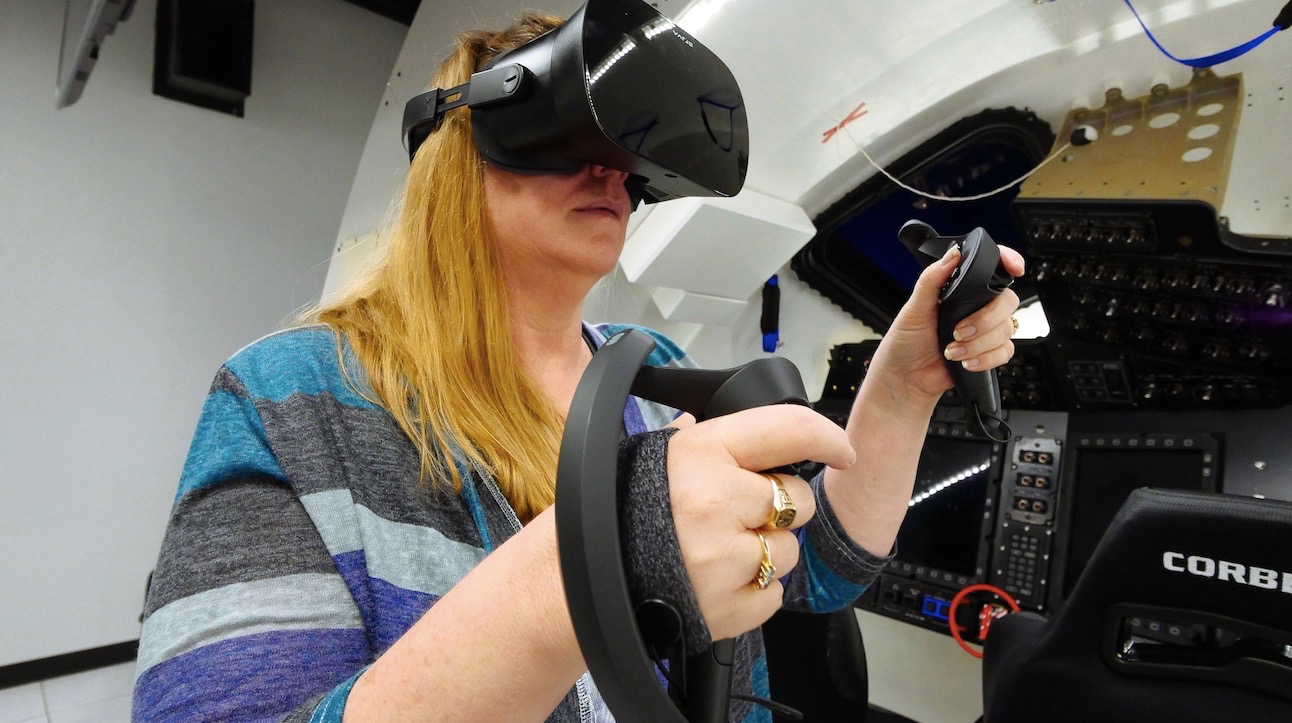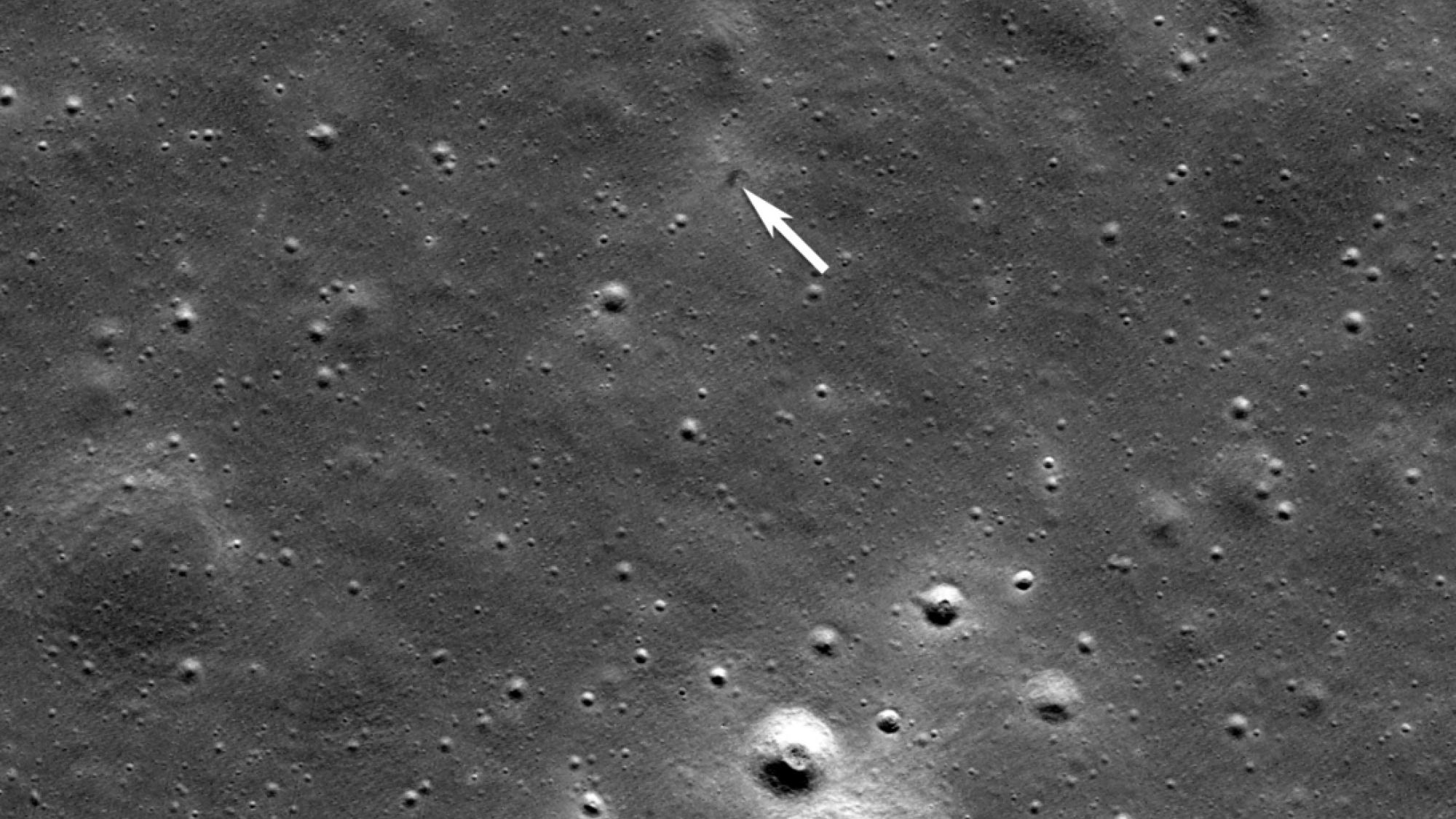
Astronauts will get some next-gen training before they ride Boeing's next-gen spacecraft.
Crewmembers preparing to fly on Boeing's CST-100 Starliner capsule will train using virtual reality (VR) headsets provided by Finland-based Varjo, both companies announced today (June 11).
Varjo's VR-2 devices will allow astronauts to simulate, in high resolution and with high fidelity, every aspect of a Starliner mission to the International Space Station (ISS), Varjo and Boeing representatives said.
Related: Boeing's 1st Starliner flight test in photos
"We are proud to be delivering the technology that is pushing industrial training applications to their furthest reaches — even to space," Varjo co-founder and CEO Niko Eiden said in a statement.
"With our devices, astronauts can see and virtually interact with the switches and control panels inside their Starliner capsule and read the real-time data on their crew displays," Eiden said. "Advancements like this have the potential to transform the way any pilot is trained."
Boeing has been developing Starliner with funding from NASA's Commercial Crew Program, most notably a $4.2 billion contract signed in 2014 that also covers six operational crewed missions to and from the ISS. SpaceX holds a similar deal, which Elon Musk's company will fulfill with its Crew Dragon capsule.
Breaking space news, the latest updates on rocket launches, skywatching events and more!
SpaceX just launched its first crewed mission, sending NASA astronauts Bob Behnken and Doug Hurley to the ISS on a test flight called Demo-2. Starliner should follow suit relatively soon; Boeing plans to launch its version of Demo-2, called Crew Flight Test (CFT), early next year.
The astronauts who will fly on CFT — Boeing's Chris Ferguson and NASA's Mike Fincke and Nicole Mann — have been training for their mission for a while now, using Starliner mockups in Houston and other tools. The VR headset will augment such work, Boeing representatives said.
"We're not looking to replace the physical simulators in Houston," Connie Miller, a Boeing Starliner software engineer, told Space.com. "But it will certainly enhance that training, to be able to do it from remote locations."
One such "remote location" is the launch site itself, Cape Canaveral Air Force Station in Florida. Astronauts will spend the two weeks immediately before liftoff in quarantine at NASA's nearby Kennedy Space Center, ensuring that they launch in good health and don't carry disease-causing germs to the ISS. With the new VR tool, Starliner crewmembers can continue in-depth training for their mission during this home stretch, Miller said.
In the next couple of weeks, Boeing plans to ship the VR hardware to Florida, where Ferguson, the CFT commander, can start working with it. The wheels for this move were first set in motion several months ago, but the rollout was halted by measures taken to combat the spread of the novel coronavirus, Miller said.
The pandemic's emergence highlights the need for the VR tech, she said.
"We had the vision," Miller said. "We didn't realize it would be a mandatory piece of things as quickly as it did."
Astronauts have used VR tools before; NASA astronauts commonly use such tech to prep for spacewalks, for example. But the Starliner training will break new ground in its extensive use of VR gear, which will help prep astronauts for every aspect of their mission, from liftoff to landing, Boeing representatives said.
Varjo, for its part, will apply the lessons learned from the Starliner work to other aspects of its business, such as pilot training, Eiden said. But the company is also getting something else out of the newly announced partnership.
"This is one of those passion things; we have a bit of space fever at Varjo at the moment as well," he told Space.com. "So, having the chance to be part of this Boeing program — it's been just fantastic."
- Boeing defends Starliner ground tests after problematic debut flight
- New Boeing video shows Snoopy's ride on Starliner Orbital Flight Test
- 'I can't wait to try it out': Starliner's 1st riders welcome capsule back to Earth
Mike Wall is the author of "Out There" (Grand Central Publishing, 2018; illustrated by Karl Tate), a book about the search for alien life. Follow him on Twitter @michaeldwall. Follow us on Twitter @Spacedotcom or Facebook.
OFFER: Save 45% on 'All About Space' 'How it Works' and 'All About History'!
For a limited time, you can take out a digital subscription to any of our best-selling science magazines for just $2.38 per month, or 45% off the standard price for the first three months.
Join our Space Forums to keep talking space on the latest missions, night sky and more! And if you have a news tip, correction or comment, let us know at: community@space.com.

Michael Wall is a Senior Space Writer with Space.com and joined the team in 2010. He primarily covers exoplanets, spaceflight and military space, but has been known to dabble in the space art beat. His book about the search for alien life, "Out There," was published on Nov. 13, 2018. Before becoming a science writer, Michael worked as a herpetologist and wildlife biologist. He has a Ph.D. in evolutionary biology from the University of Sydney, Australia, a bachelor's degree from the University of Arizona, and a graduate certificate in science writing from the University of California, Santa Cruz. To find out what his latest project is, you can follow Michael on Twitter.

